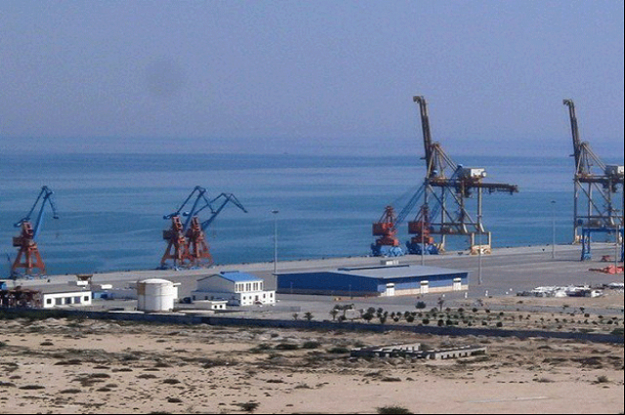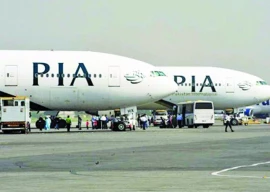
By preferring a route that passes through Punjab and Sindh rather than Khyber-Pakhtunkhwa and Balochistan, the federal government is artificially inflating the cost of the China-Pakistan economic corridor, to the point where it may become economically unviable, claims a report studying the matter issued by the Balochistan government.
The report, titled “China Pakistan Economic Corridor: The Route Controversy”, addresses what Quetta feels is Islamabad’s lack of consistency on the matter, and its failure to take into account the needs and desires of all federating units of the country. The matter could get politically inconvenient for the federal government, since Balochistan Chief Minister Abdul Malik Baloch’s National Party is an ally of the ruling Pakistan Muslim League Nawaz.
However, Planning Minister Ahsan Iqbal claims that the report is one-sided and did not take into account the views of what he feels is the main stakeholder in CPEC: the federal government.
The report was prepared by the chief minister’s Policy Reform Unit, headed by economist Kaiser Bengali. It analyses the viability of the three CPEC routes based on three parameters: population density, total area under cultivation along the routes and total production of four major crops. These parameters become the base for determining the cost of land acquisition and displacement of population, the socio economic benefits and the environmental impact.
Read: Game changer: Army chief vows to turn economic corridor into reality
Pakistan has identified three routes for Chinese cargo: the eastern alignment (passing mainly through central Punjab and Sindh), the central route (passing partly through Khyber-Pakhtunkhwa, and hitherto unconnected parts of Punjab and Sindh) and the western alignment (passing through the relatively underdeveloped areas of Khyber-Pakhtunkhwa and Balochistan).
The provincial government claimed that “despite denials the route has been changed to pass through central Punjab”, Islamabad is primarily focusing on the eastern corridor.
The districts along the preferred eastern route are the most densely populated, having large swathes of land under cultivation and is the main source of production of four major crops, according to the report. All these factors will increase the construction cost. By comparison, the western route is thinly populated and the land is mainly barren.
The comparison between the three routes implies that the eastern route is economically unviable, claims the report.
By selecting the eastern route, the government is trading off today’s security risks with provincial discord and political instability in the future, the report stated.
However, Iqbal said that the central route was the shortest one. “The eastern alignment part of Peshawar-Karachi motorway serves the major markets, industrial areas and most populated centres of the country,” said Iqbal. He said the CPEC concept is not to create a “container-in, container-out” economy but rather help make the country a regional manufacturing hub.
Read: China-Pakistan Economic Corridor: Lines of development – not lines of divide
The report argues that the pre-existing sections are likely to save time and cost are not tenable, as most sections will have to be widened and re-laid to cater to the volume and load of the traffic.
CPEC trail
The report finds the traces of the CPEC in the mid-2000s when the Planning Commission made a presentation to the then-president Pervez Musharraf and prime minister Shaukat Aziz. It was then called the “Trade, Energy, Transport and Industrial Corridor”. The Musharraf Administration had identified the central route for creating surface transport connectivity between Gwadar and Kashgar in China.
The report also challenged the government’s claim that it will build all the three alignments. “The resources to build all three routes are not available and China would certainly not allocate resources to pander to political disagreements in Pakistan,” it added.
Published in The Express Tribune, July 26th, 2015.























COMMENTS
Comments are moderated and generally will be posted if they are on-topic and not abusive.
For more information, please see our Comments FAQ